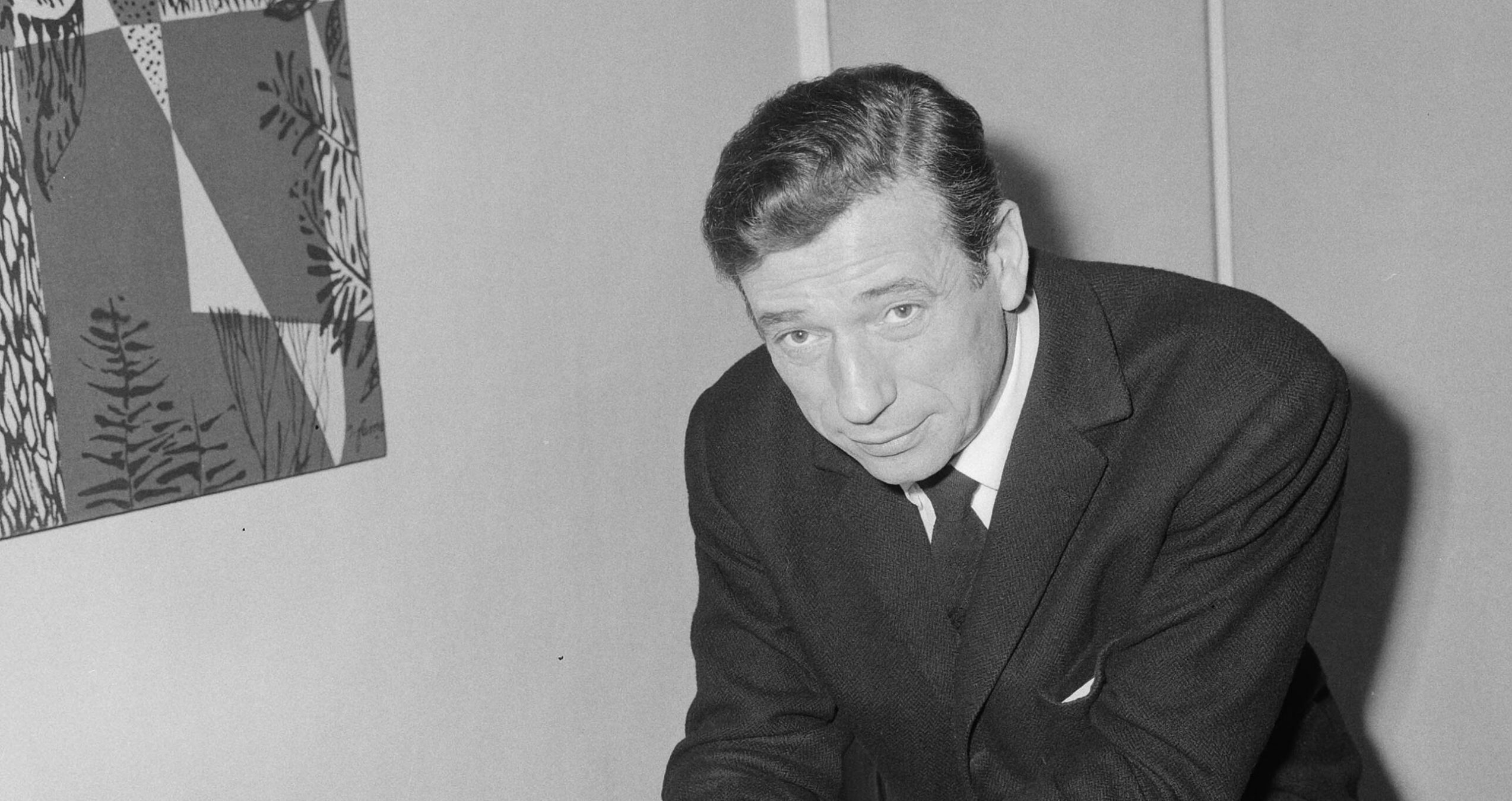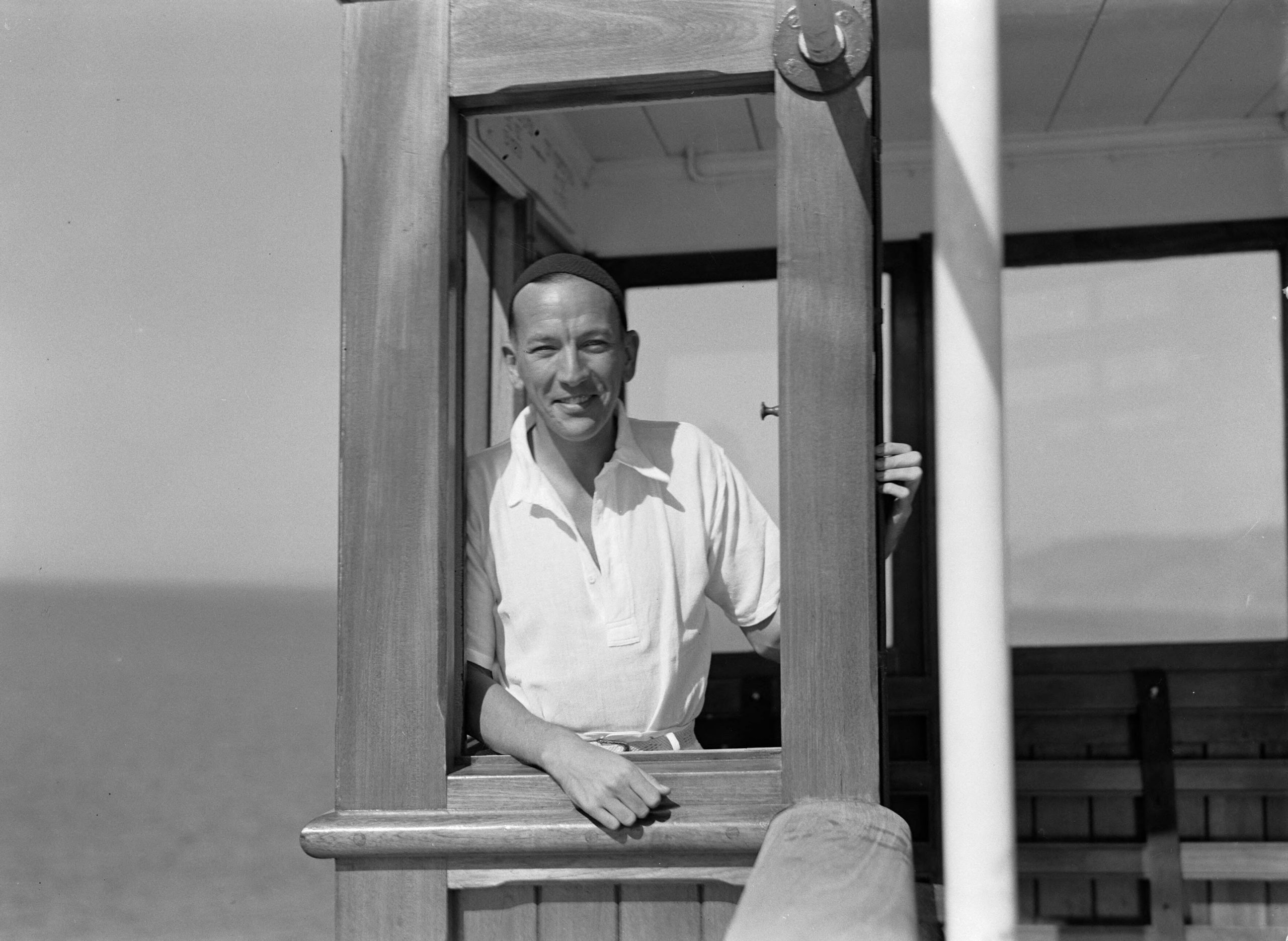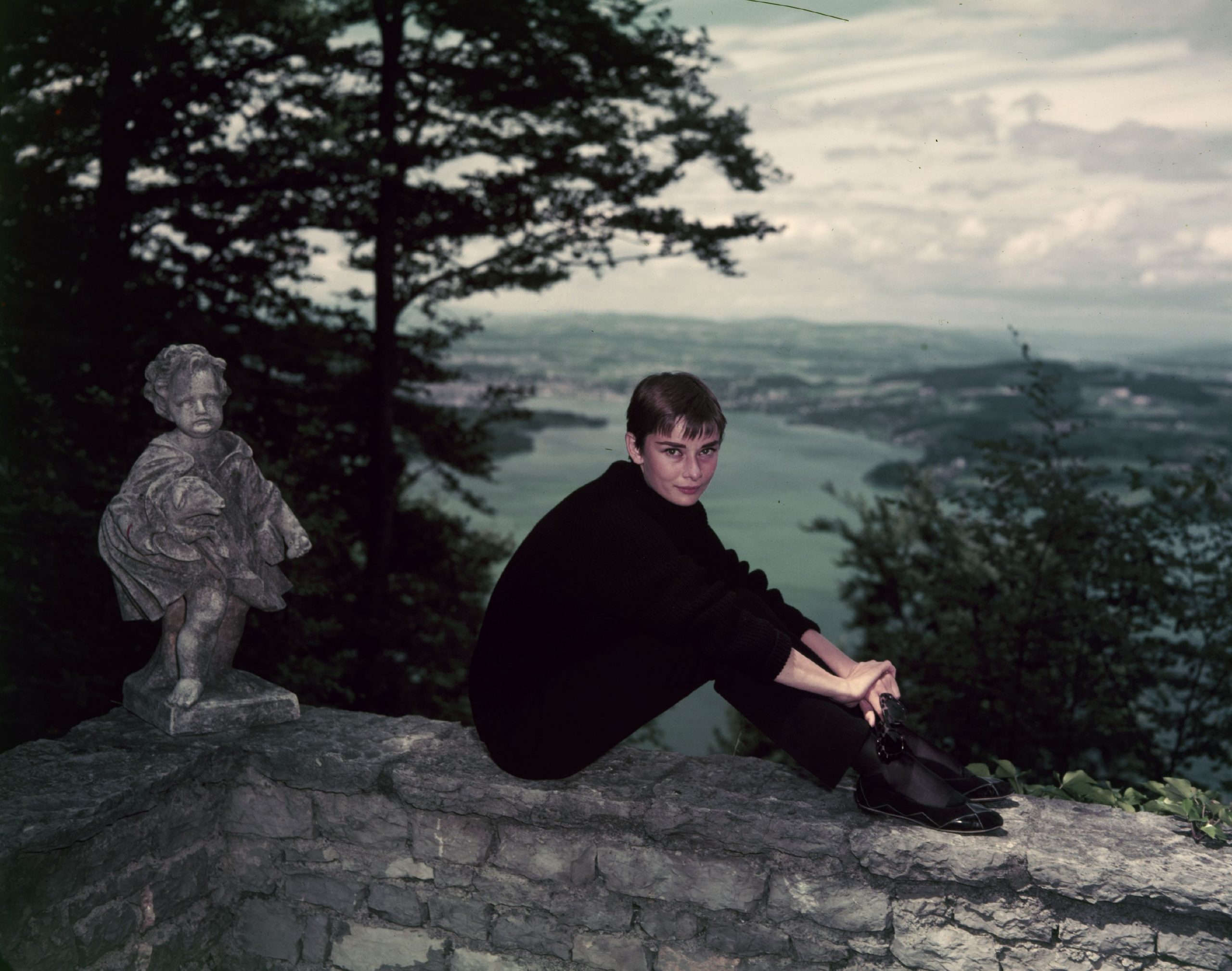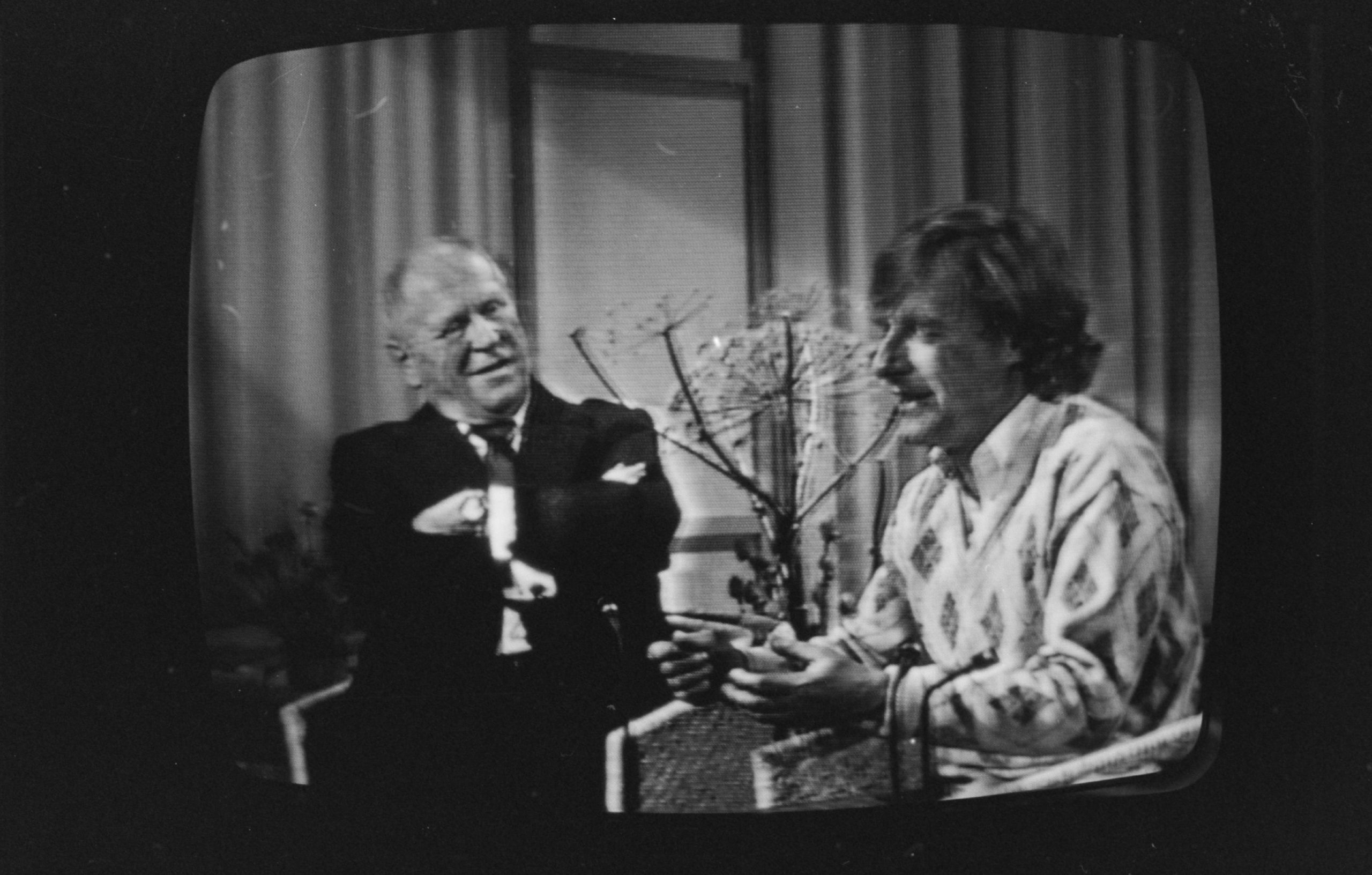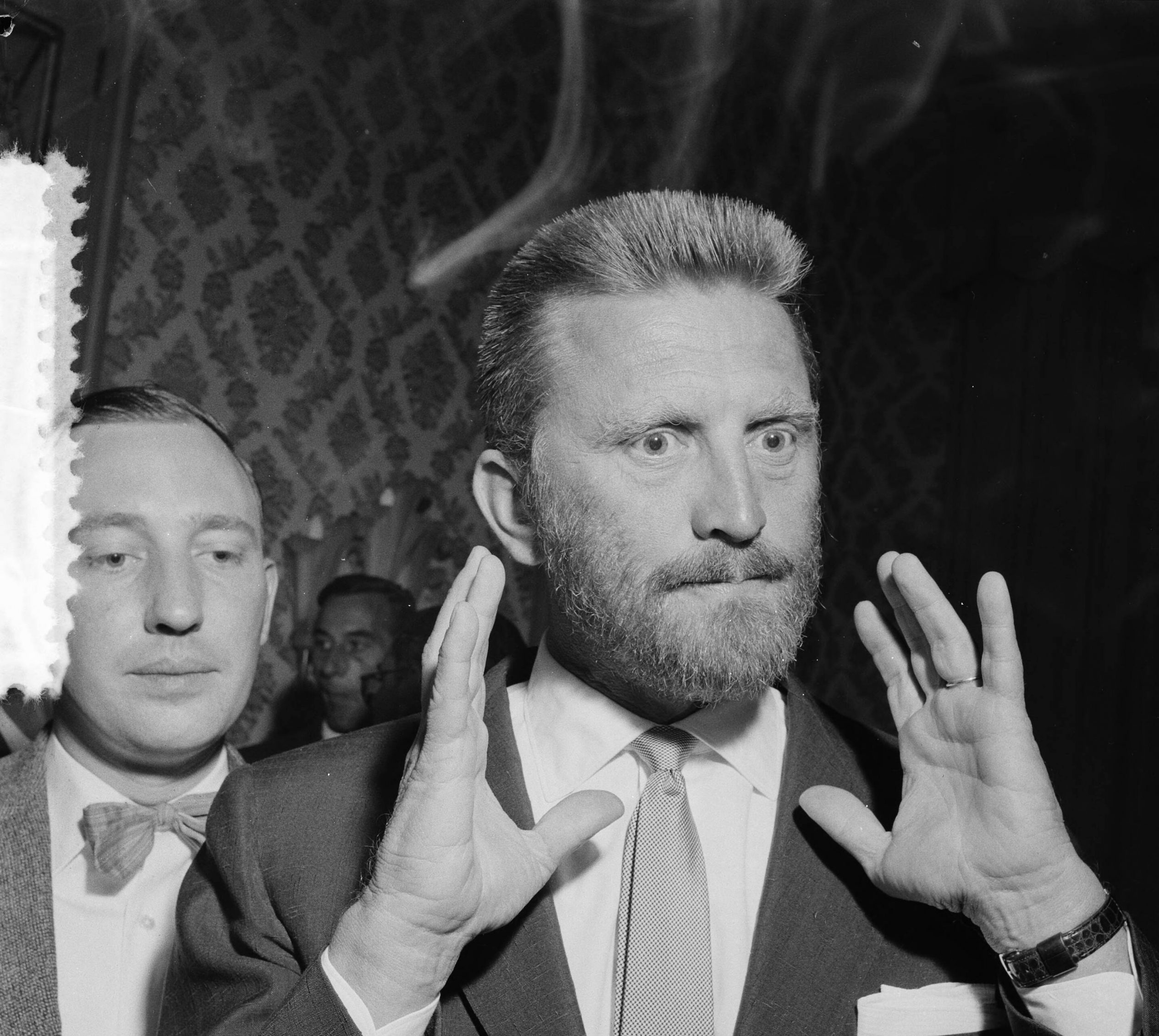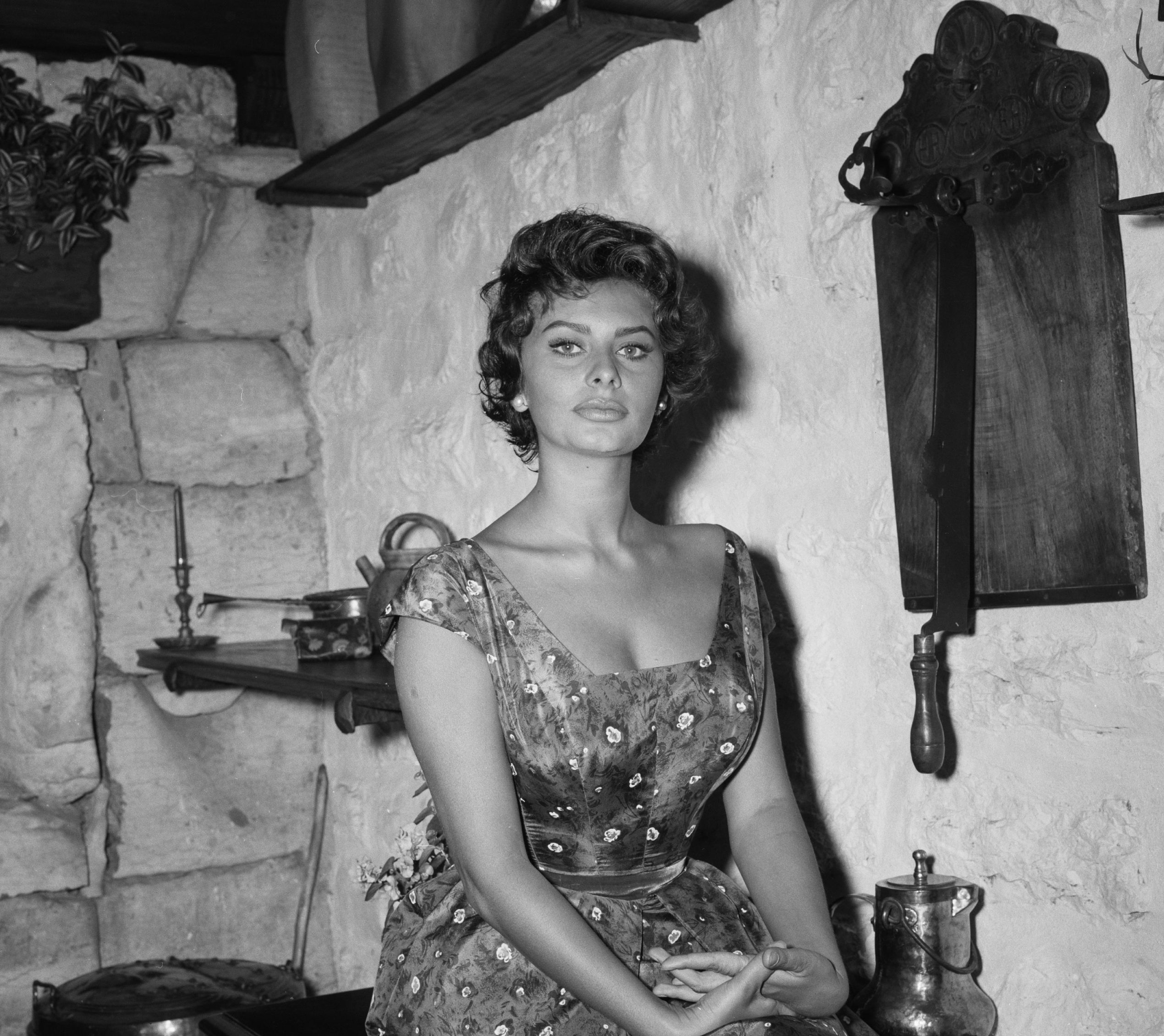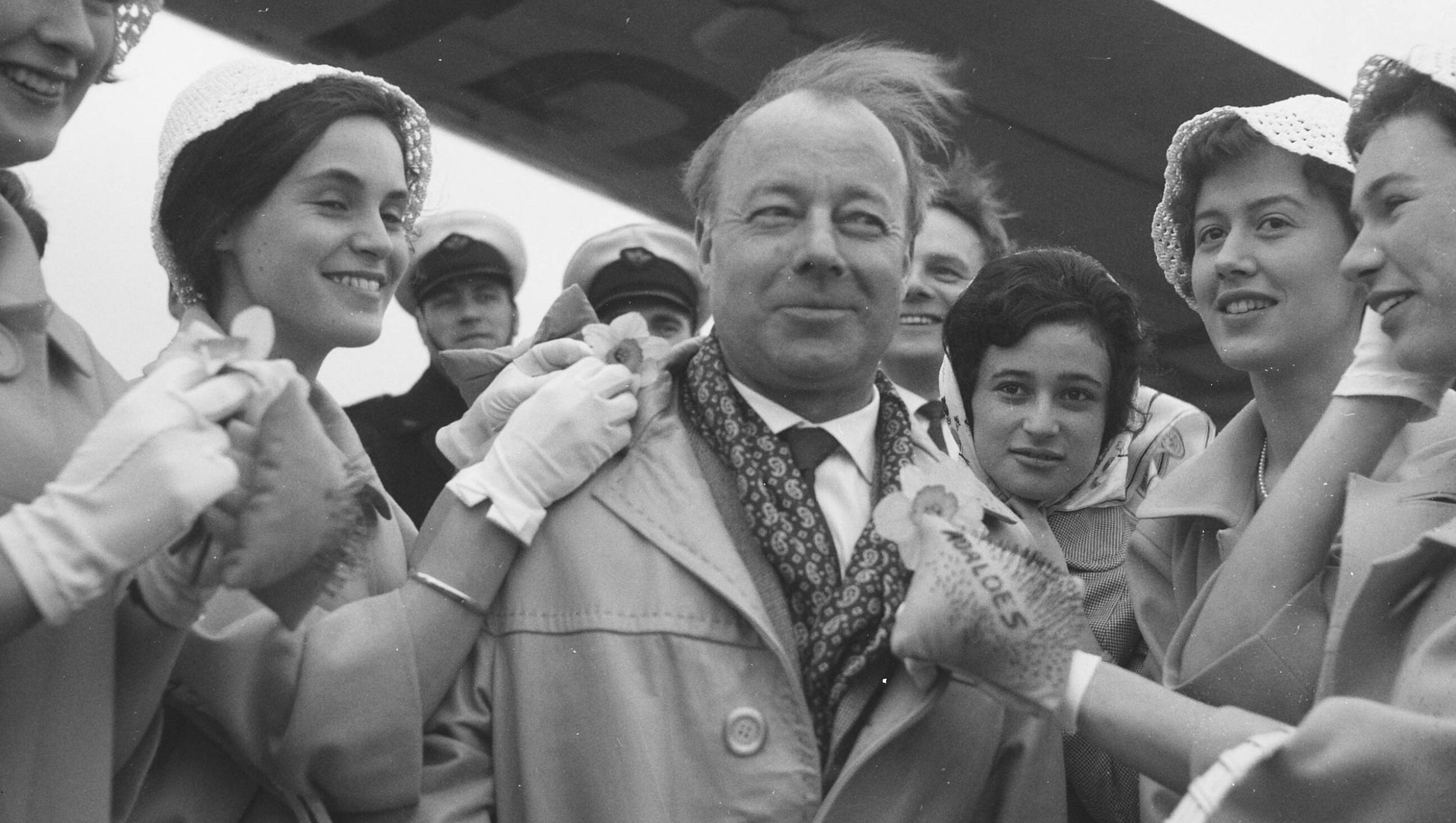Ava Gardner was the type of actress who could afford to not really act: it was enough for her to stand in front of the camera and spread her charm for the director and the audience to be satisfied. Later, looking back on her career, Ava Gardner said she had learned how to tell a story from the best: During her time as an actress, she worked with writers like Ernest Hemingway or Tennessee Williams, producers like Joe Mankiewicz and directors like John Ford: All these names were considered luminaries in their field at the time and their artistic work is still considered a benchmark today. As an actress, Ava Gardner was a medium through which writers like Hemingway brought their works to cinema audiences: Gardner played the role of Cynthia in the film version of Hemingway’s hit novel The Snows of Kilimanjaro (1952), which also starred Hildegard Knef.
Even though Ernest Hemingway rarely appreciated the film adaptations of his works, he had a close friendship with Ava Gardner.
Even when she played a flamboyant upper-class lady in a film, the farm girl always shone through.
The farm girl
Early in her career, Ava Gardner was confronted with the publicity consciousness of the big Hollywood studios: An MGM publicity agent invented the information for a brochure that Ava Gardner came from a dirt-poor background. Although Gardner came from quite humble circumstances, she later repeatedly made it clear that her family was not dirt poor – but the public took the studios’ publicity strategy for real, no matter what Gardner said about it. Ava Gardner must thus have realised early on what it would mean to make a career in show business: It was not to be the last time that Gardner bent in favour of the public perception of her person and kept the real story to herself.
Ava Gardner grew up in the 1920s and 1930s on a farm where there was no running water or electricity: Later, when she reflected on her life after her acting career had ended, she became aware of the privileges she had come to enjoy – by which she meant not only material wealth, but things like running water, which are now considered basic necessities in many places. Gardner never forgot her roots – even when she played a flamboyant upper-class lady in a film, the farm girl always shone through – which is exactly what made Gardner so attractive to a large audience.
A visit to New York changed everything
How could Ava Gardner have known in the summer of 1940 that her visit to her sister in New York would change her entire life? Her sister’s husband was a photographer and shot some portraits of Ava Gardner: the photographer was so taken with the portraits that he displayed them in the window of his studio on New York’s Fifth Avenue. By coincidence, a few weeks later, an employee of MGM’s parent company, Loew’s Inc., walked by the window and asked who the lady depicted on the portraits was. The clerk passed on his discovery to the talent department of MGM Studios, who, after screen tests, decided to sign the young Ava Gardner. So much for the legend.
That’s how Ava Gardner got her first studio contract with MGM and found access to show business. One of the MGM executives, Louis B. Mayer, is rumoured to have said of the young Gardner: “She can’t act. She can’t talk. She’s terrific. Sign her.” Gardner later proved Louis B. Mayer right, saying she wasn’t really an actress at all, but just stood around looking good most of the time. The films Gardner starred in, however, tell a different story: Ava Gardner was a multi-faceted actress who successfully resisted being reduced to the role of a sex symbol. Ava Gardner learned the basics of her craft in the first four years of her career: the studio trained Gardner in posture, acting and rhetoric.
The Killers – Breakthrough
Ava Gardner’s breakthrough came not under contract to MGM Studios but to Universal Studios: she starred alongside Burt Lancaster in the noir classic The Killers, based on a short story by Ernest Hemingway. Gardner later starred again alongside Burt Lancaster in the political thriller Seven Days in May (1963), which also starred Kirk Douglas.
Her role in The Killers resulted in Gardner receiving more high-profile role offers from MGM Studios in the future: Ava Gardner blossomed under the direction of John Ford or George Cukor. Gardner never saw herself as the most important person when working on a film: she saw the director at the centre of the action, because it depends on the director whether the film has a heart and soul. Looking back, Gardner described The Killers as one of her best films, the one she had the most fun making.
In Mogambo (1953) Ava Gardner played alongside Clark Gable and Grace Kelly, John Ford directed: Gardner’s role of the dancer Eloise Kelly is still one of her best-known roles and earned her her only nomination for an Academy Award.
At the peak of her career
In the 1950s, Ava Gardner was undoubtedly at the peak of her career: the film drama The Barefoot Contessa (1954) was directed, scripted and produced by Joseph L. Mankiewicz. The film is often referred to as the quintessential Ava Gardner film. Although the relationship between Gardner and Mankiewicz was not necessarily one of mutual affection, Gardner later admitted that Mankiewicz was a gifted screenwriter who could perfectly conceive a role for actresses like her based on a literary model.
In George Cukor’s film Bhowani Junction (1956), Gardner played the role of the half-Indian Victoria Jones: this role is an example of how Gardner could credibly play roles that were far away from her cultural sphere.
After the fifties and early sixties, Ava Gardner’s heyday as an actress was over: She realised that many of her later roles did not come anywhere close to her roles in the fifties and sixties. Her marriage to singer-actor Frank Sinatra between 1951 and 1957 was probably the most explosive Hollywood marriage of the 20th century: the ups and downs of the marriage between the two artists were the subject of countless headlines in the media.
When Ava Gardner talked about her childhood later in life, she became melancholic: she lost her father very early and her youth was dominated by the Great Depression. Finding work was anything but easy for her family and Gardner never forgot the hard times she had to go through as a teenager. She learned what it meant to come into the world penniless – all the more she could appreciate it later when she reaped the laurels of her fame.
Ava Gardner was not just another product of the Hollywood studios that produced stars on an assembly line in the early fifties.
More than a sex symbol
Although Ava Gardner always felt that her potential as an actress was never fully exploited, she remains one of the most multifaceted Hollywood actresses of the 20th century. She was often cast in the typical role of the lascivious seductress: nevertheless, Gardner clearly distanced herself from the cliché of the sex symbol and decided for herself which types of roles she played. Despite the criticism that has repeatedly been raised against the classic Hollywood system, one thing is certain: without her early discovery and extensive training in various disciplines that she had to master as an actress, she would have been unable to exercise any of her talent at all. Ava Gardner was not just another product of the Hollywood studios that produced stars on an assembly line in the early fifties.
She developed her own style with the help of the acting craft she was taught early on.
Main sources: Evans, Peter & Gardner, Eva: Ava Gardner – The Secret Conversations, 2014 Simon & Schuster & Ava Gardners entry in the encyclopedia Britannica.
Cover picture: Frank Sinatra and Ava Gardner in Kloten
Bildnachweis: ETH-Bibliothek Zürich, Bildarchiv / Photographer: Comet Photo AG (Zürich) / Com_X-S067-005 / CC BY-SA 4.0

 Deutsch
Deutsch
